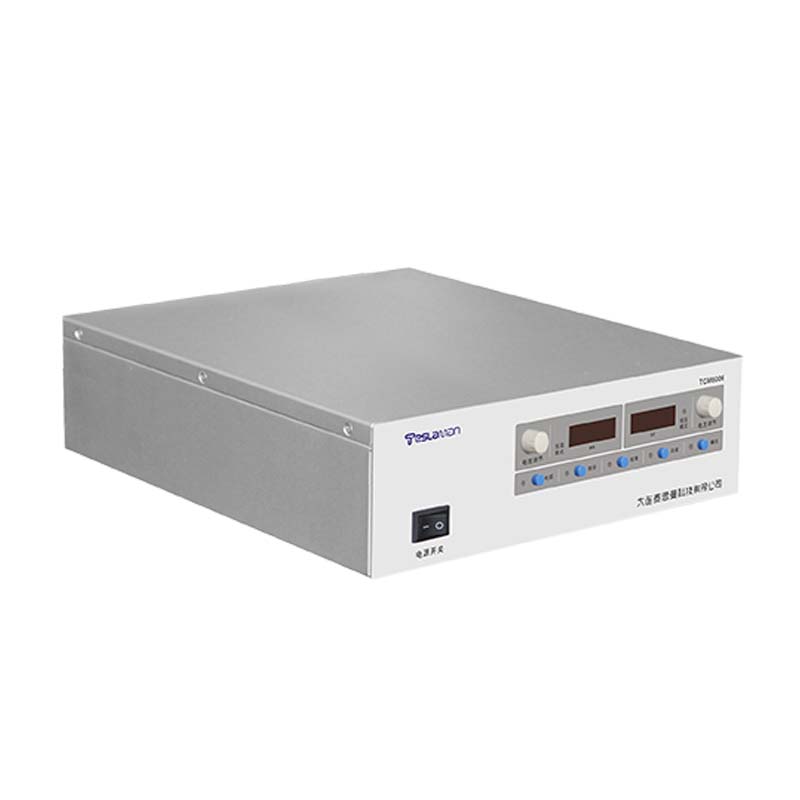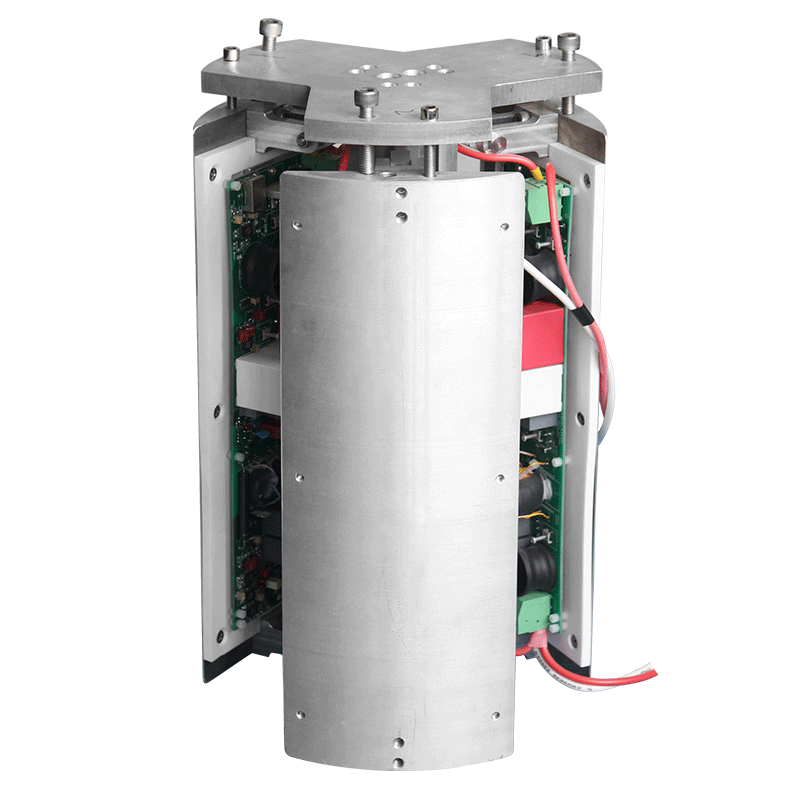Application and Performance Analysis of High-Voltage Power Supplies in Magnetic Resonance Imaging
With the continuous advancement of technology, Magnetic Resonance Imaging (MRI) has become one of the important means of modern medical imaging diagnosis. It obtains images of the internal structure of the human body by using strong magnetic fields and radio frequency pulses to generate resonance signals, thereby assisting doctors in accurate diagnosis and treatment. In the MRI system, the high-voltage power supply, as one of the core components, plays a crucial role in the performance and stability of the entire system. This article will analyze the application and performance of high-voltage power supplies in magnetic resonance imaging from a professional perspective.
I. Application of High-Voltage Power Supplies in Magnetic Resonance Imaging
1. Magnet System: The magnet in the MRI system needs to generate a strong magnetic field to resonate the hydrogen atomic nuclei in the human body. To achieve the required magnetic field strength, the magnet usually needs to be made of superconducting materials and operate at low temperatures. The high-voltage power supply is responsible for providing stable current to the magnet to ensure the stability and uniformity of the magnetic field.
2. Radio Frequency System: The radio frequency system is another key part of the MRI system, responsible for generating radio frequency pulses to excite the hydrogen atomic nuclei in the human body to resonate. The high-voltage power supply provides the required high-voltage DC power for the radio frequency system to ensure that the power and frequency of the radio frequency pulses meet the imaging requirements.
3. Gradient System: The gradient system is used to generate a linearly varying magnetic field gradient in the magnetic field to achieve spatial encoding. The high-voltage power supply provides the driving current for the gradient coil, enabling it to generate the required gradient magnetic field.
II. Performance Analysis of High-Voltage Power Supplies
1. Stability: In the MRI system, the stability of the high-voltage power supply is crucial for ensuring image quality. An unstable power supply may lead to magnetic field fluctuations, radio frequency pulse distortion, and other problems, thus affecting the accuracy and reliability of the imaging results. Therefore, the high-voltage power supply should possess a high degree of stability, capable of maintaining stable output voltage and current under various working conditions.
2. Accuracy: The accuracy of the high-voltage power supply is essential for achieving high-resolution imaging. A high-precision power supply can ensure that the magnet, radio frequency, and gradient systems obtain accurate voltages and currents, thereby achieving higher resolution imaging. In addition, precise power supply control can also improve imaging speed and shorten examination time.
3. Reliability: MRI systems typically require long periods of continuous operation, making the reliability of the high-voltage power supply critical. High-quality power supplies should have a longer service life, lower failure rate, and be easy to maintain, ensuring the normal operation of the system and reducing maintenance costs.
4. Safety: Since MRI systems involve high-voltage electric fields and magnetic fields, the safety of the high-voltage power supply cannot be ignored. Power supply design should fully consider electrical safety measures, such as overcurrent protection, overvoltage protection, and short circuit protection, to ensure the safety of patients and medical staff.
In summary, high-voltage power supplies play a pivotal role in the MRI system. With continuous technological development, the performance of high-voltage power supplies will continue to improve, providing strong support for the development and application of MRI technology.




















